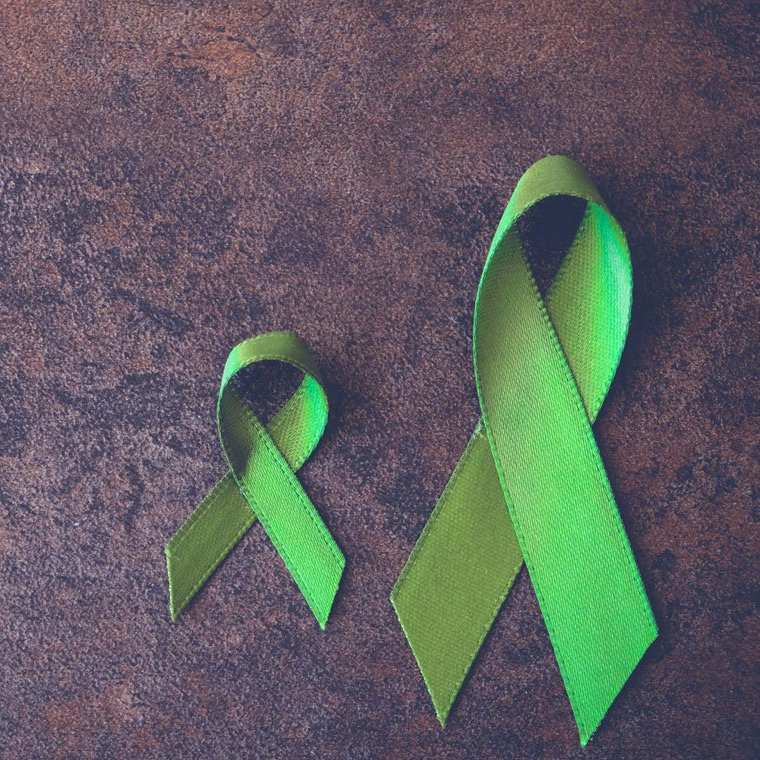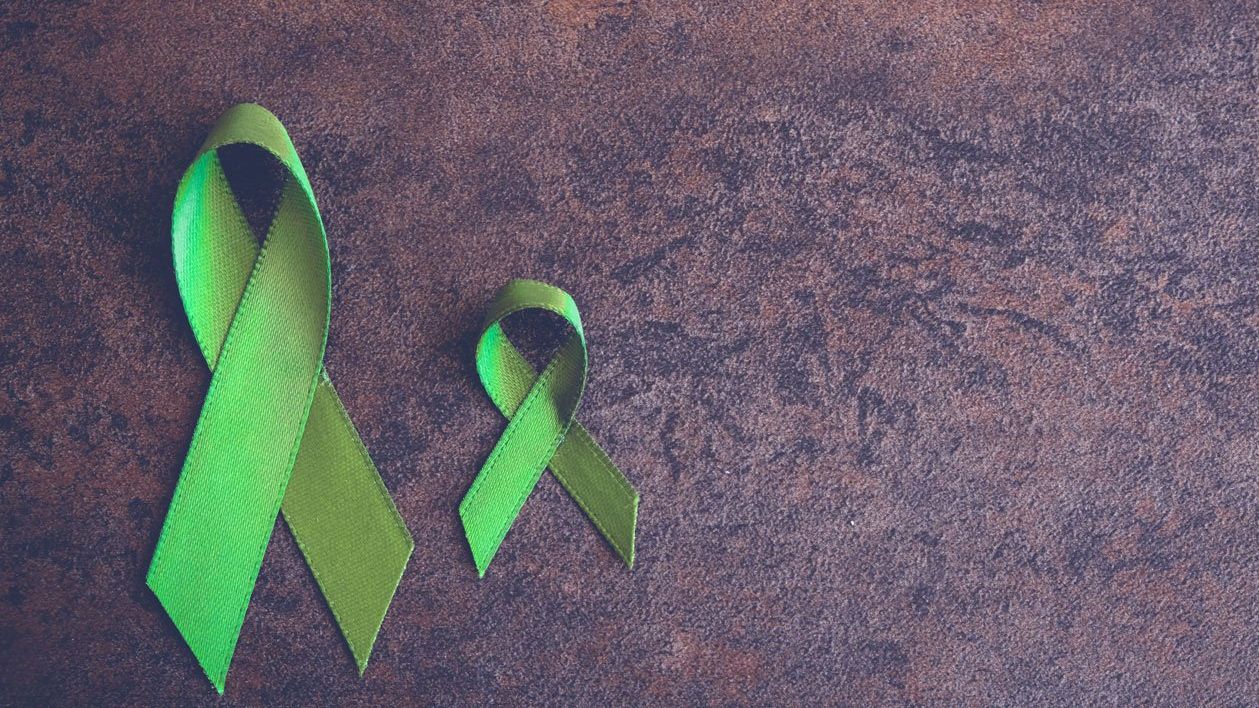By Market America WebCenters
•
20 Jan, 2023
A mental illness is a health condition involving changes in mood, emotion, thinking, behavior (or a combination of these). Mental illnesses can disrupt a person's daily functioning and ability to relate to others. If you think you might have a mental illness: you are not alone. 1 in 5 U.S. adults experience mental illness each year 1 in 20 U.S. adults experience serious mental illness each year 1 in 6 U.S. youth aged 6-17 experience a mental health disorder each year 50% of all lifetime mental illness begins by age 14, and 75% by age 24 Continue reading to find more information (and cited sources) on specific mental health conditions and treatment options. Mood Disorders (Source: NIMH) are mental illnesses in which the underlying problem primarily affects a person’s regular emotional state (their mood). Two common mood disorders are depressive disorder (colloquially referred to as "depression") and bipolar disorder. Depression (Source: NAMI) Depression involves persistent feelings of sadness, hopelessness, and less interest in usual activities. While it is a serious condition and may require long-term treatment, most individuals with depression feel better with medication, psychotherapy or both. Bipolar Disorder (Source: NAMI) Bipolar disorder is a mental illness that involves changes in mood, energy, and activity levels. These moods range from periods of extremely “up,” elated, irritable, or energized behavior (known as manic episodes) to very “down,” sad, indifferent, or hopeless periods (known as depressive episodes). Less severe manic periods are known as hypomanic episodes. Anxiety Disorders include many types of disorders which each involve a variety of unique symptoms. In general, anxiety disorders are characterized by excessive feelings of fear or concern in otherwise non-threatening situations. Anxiety might manifest in the form of physical symptoms such as shortness of breath, headaches, nausea, upset stomach, and more. Here are the most common types of anxiety disorders (please click the source above to find more comprehensive descriptions of each: Generalized Anxiety Disorder (GAD) : a condition that involves chronic, excessive worrying over one’s everyday life Social Anxiety Disorder : a condition causes individuals to feel irrationally nervous or worried over social interactions Panic Disorder : a condition that causes individuals to have frequent episodes of panic, otherwise known as “panic attacks”, based on certain perceived threats Phobias : A debilitating fear of something (i.e. an object, place, situation, feeling or animal). You might have heard of “claustrophobia” which is the fear of tight, enclosed spaces. Phobias are more severe compared to regular fears, and can greatly impact someone’s life if they spend a lot of effort trying to avoid the source of their anxiety. Schizophrenia is a complex, long-term mental disorder that involves continuous or relapsing episodes of psychosis, during which an individual might have trouble knowing the difference between their thoughts and reality. Symptoms of schizophrenia include delusions, hallucinations, and wanting to isolate oneself from society. However, schizophrenia does not cause people to be violent—a common misconception, and can be managed with a combination of medication and therapy. Post-Traumatic Stress Disorder (PTSD) is a mental health condition that is triggered by witnessing or experiencing a traumatic event. While such events can incite short-term responses to many people, PTSD is a long-term condition that can persist for years (it can also lay dormant for as long as years after the incident. Symptoms can include intrusive memories, avoidance, negative changes in thinking and mood, and changes in physical and emotional reactions. Attention-Deficit/Hyperactivity Disorder (ADHD ) is a neurodevelopmental disorder characterized by inattention, hyperactivity, and impulsivity. Generally, individuals with ADHD might find it hard to organize and finish tasks, follow instructions, or stay still for long periods of time. With an adequate treatment plan (including behavior therapy and/or medication) ADHD symptoms can be managed and individuals with ADHD can lead productive academic and vocational lives.











